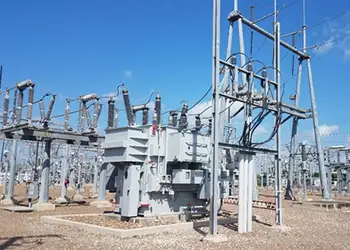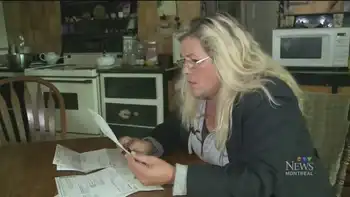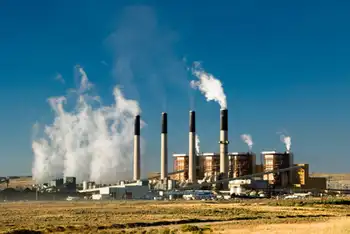Crystal River plant repairs continue
By St. Petersburg Times
Substation Relay Protection Training
Our customized live online or in‑person group training can be delivered to your staff at your location.

- Live Online
- 12 hours Instructor-led
- Group Training Available
Instead of coming back online by midyear, the plant is expected to return to service in the third quarter, Progress Energy president and chief executive officer Bill Johnson said.
Progress Energy revised its estimate as it has gotten deeper into a job to repair a cracked wall in the plant's reactor building.
"We're really proceeding deliberately here according to a detailed plan," Johnson said during a conference call on the utility's first-quarter earnings.
Through the end of March, repairs had cost $25 million, with more work to come.
Executives said they expect insurance to cover much of the costs of repairs and replacement power needed while the nuclear plant is offline. The utility has other plants, some fired by natural gas, that it can bring online at times of peak demand.
Without going into detail, the company suggested it could seek a rate increase to recoup repair costs not covered by insurance.
So far, however, Progress Energy does not know what the total repair project will cost, it doesn't have a running tab on what replacement power has cost and can't say exactly how much insurance will pay, spokeswoman Wendy Horne said.
The company powered down the nuclear plant in September for a major maintenance project that was expected to be done by the end of December.
But shortly after the job began, workers discovered that part of the containment wall had separated into two layers.
The void was discovered as workers cut a 25- by 27-foot hole in the containment wall so two huge steam generators could be removed and replaced. The utility cut the hole because the reactor building's regular equipment hatch is too small for the generators, which weigh 550 tons each.
The gap is known as a delamination, which means part of the wall has separated into two layers. The gap between those two layers is up to 2 inches wide, and it lies about 9 inches below the outer surface of the wall, which is 42 inches thick.
The company's analysis of what caused the crack is still under way, but it has said it plans to replace the layer of concrete that separated from the building. Workers are in the latter stages of removing the outer layer.











